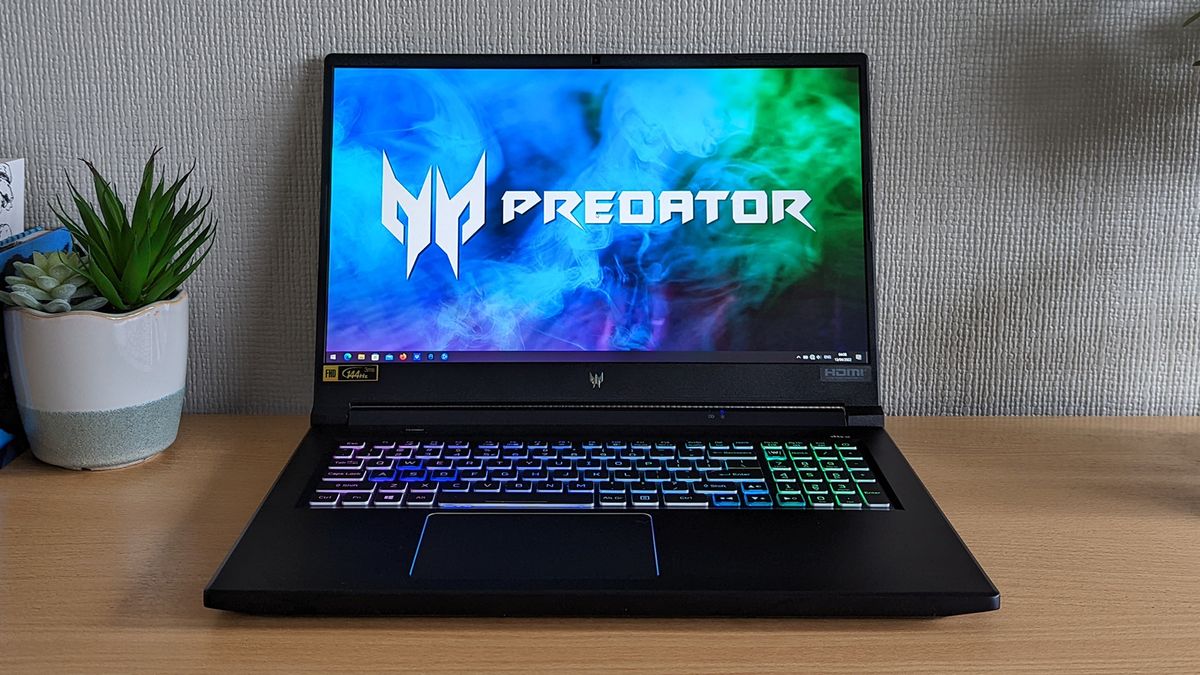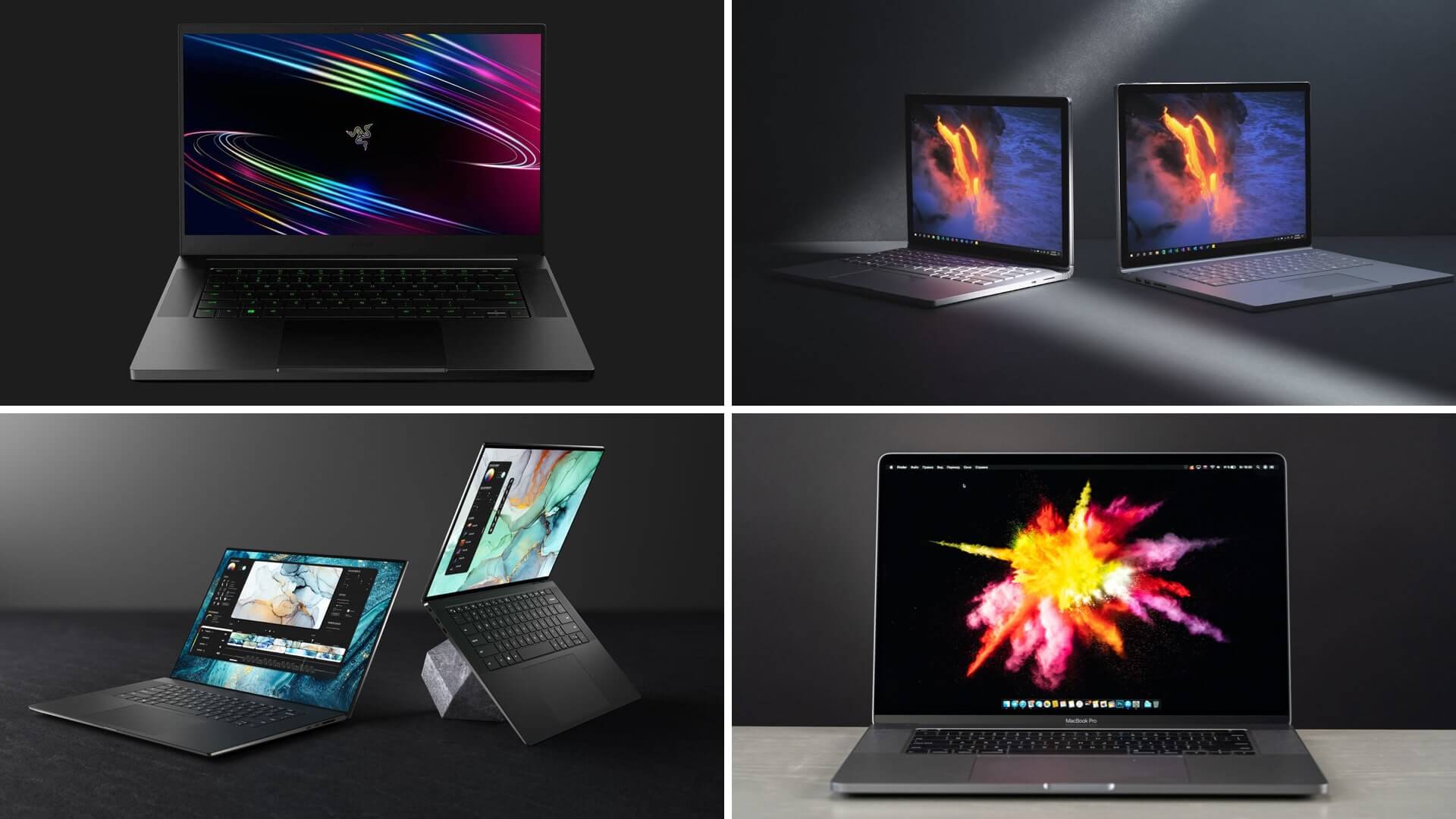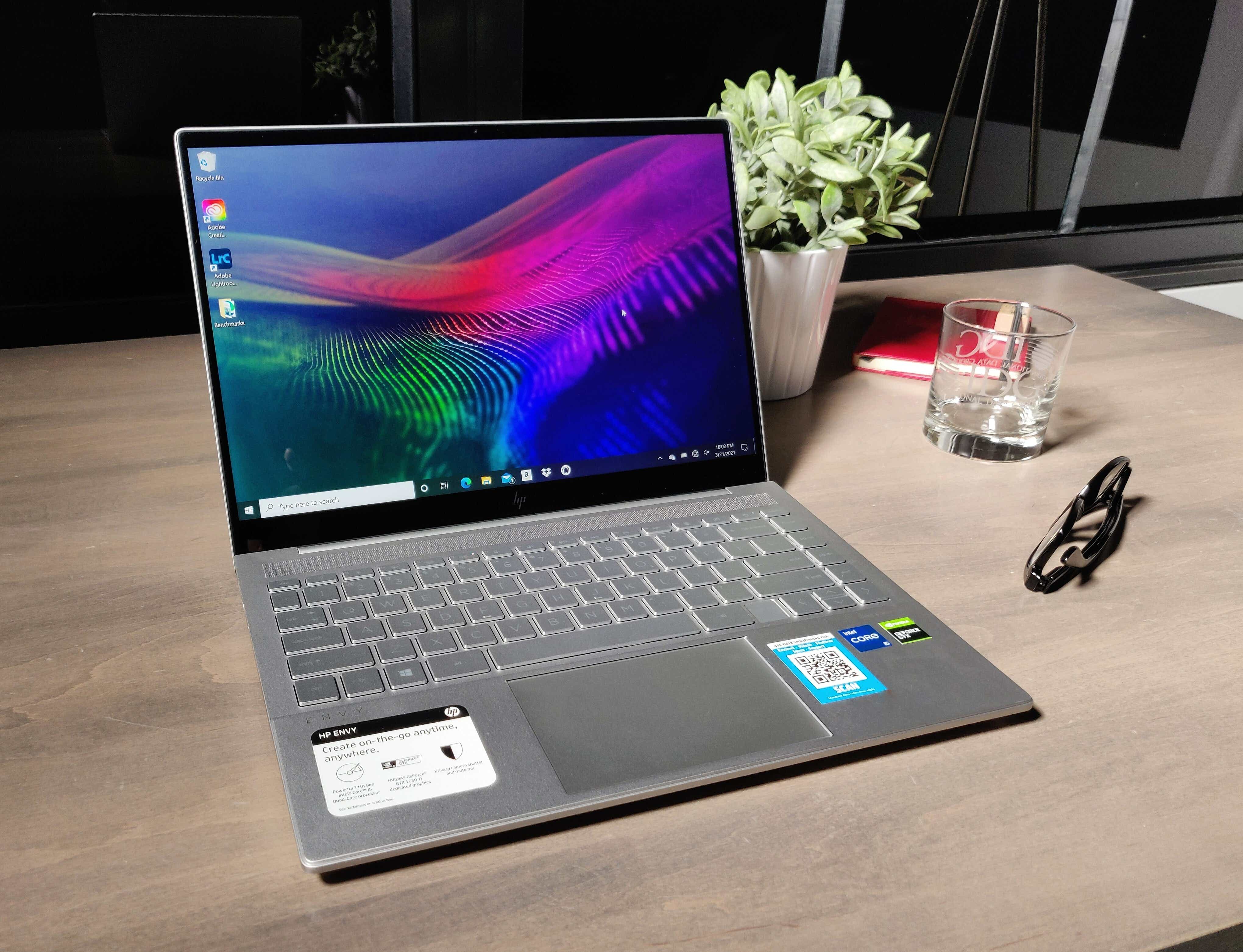Good Laptops For Film Editing

For value-conscious filmmakers, the laptop isn't just a tool; it's the mobile editing suite, the on-location workstation, and the creative hub. Choosing the right one means balancing performance with affordability. This guide cuts through the marketing hype to deliver practical advice and recommendations for film editors seeking the best bang for their buck.
Why a Good Laptop Matters for Film Editing
Film editing demands significant processing power. Smooth playback, quick rendering, and the ability to handle complex timelines are crucial for efficiency. A poorly equipped laptop can lead to frustrating delays, hindering the creative process and costing time and money.
Beyond performance, portability is a key factor. Filmmakers need a reliable machine that can withstand the rigors of travel and on-location work, without breaking the bank.
Shortlist: Film Editing Laptops for Every Budget
Budget-Friendly (Under $1000)
- Acer Aspire 5: A solid all-arounder for 1080p editing.
- Lenovo IdeaPad Flex 5: Versatile 2-in-1 option with decent performance.
Mid-Range ($1000 - $1500)
- Apple MacBook Air (M1/M2): Impressive performance and battery life for the price.
- HP Envy 15: Powerful processor and dedicated graphics for demanding tasks.
High-End (Over $1500)
- Apple MacBook Pro (M2 Pro/Max): The ultimate editing powerhouse.
- Dell XPS 15/17: Excellent performance and display quality.
Detailed Reviews
Acer Aspire 5
The Acer Aspire 5 offers a good balance of price and performance. Its AMD Ryzen processor can handle 1080p editing with ease, though 4K workflows may require patience. The integrated graphics are sufficient for basic editing tasks, but a dedicated GPU would be preferable for more demanding projects.
The Aspire 5's display is decent, but not exceptional, and the battery life is adequate for a few hours of editing on the go. Its affordability makes it a strong contender for beginners or those on a tight budget.
Apple MacBook Air (M1/M2)
The MacBook Air revolutionized the laptop market with its M1 and M2 chips. These chips deliver exceptional performance per watt, making the MacBook Air surprisingly capable for film editing. It handles 1080p and even some 4K workflows with ease.
Its fanless design ensures silent operation, and the battery life is truly impressive. The MacBook Air is a great choice for editors who value portability and performance in a sleek, lightweight package.
HP Envy 15
The HP Envy 15 provides a strong combination of processing power and dedicated graphics. Its Intel Core i7 or AMD Ryzen processor, paired with an NVIDIA GeForce RTX GPU, makes it well-suited for demanding editing tasks. It can handle 4K editing, color grading, and motion graphics with relative ease.
The Envy 15 typically features a high-quality display, making it suitable for color-sensitive work. However, it's not as portable or power-efficient as the MacBook Air.
Apple MacBook Pro (M2 Pro/Max)
The MacBook Pro is the ultimate editing machine. The M2 Pro and M2 Max chips offer unparalleled performance, effortlessly handling complex 4K and even 8K workflows. Its stunning display, powerful speakers, and robust build quality make it a joy to use.
The MacBook Pro is an investment, but it provides the performance and reliability that professional filmmakers demand. It is optimized for Final Cut Pro but works well with other editing software.
Dell XPS 15/17
The Dell XPS 15 and 17 are excellent Windows alternatives to the MacBook Pro. They offer powerful Intel Core processors, dedicated NVIDIA GeForce RTX GPUs, and stunning displays. These laptops can handle demanding editing tasks with ease.
The XPS series is known for its sleek design, excellent build quality, and vibrant displays. They are a great choice for editors who prefer Windows and want a premium editing experience.
Side-by-Side Specs Table
| Laptop | Processor | Graphics | RAM (Max) | Storage (Max) | Price (Approx.) | Performance Score (Out of 10) |
|---|---|---|---|---|---|---|
| Acer Aspire 5 | AMD Ryzen 5 | Integrated AMD Radeon Graphics | 24GB | 1TB SSD | $600 | 6 |
| Lenovo IdeaPad Flex 5 | AMD Ryzen 5 | Integrated AMD Radeon Graphics | 16GB | 512GB SSD | $700 | 6.5 |
| Apple MacBook Air (M2) | Apple M2 | Integrated 8-core GPU | 24GB | 2TB SSD | $1100 | 8 |
| HP Envy 15 | Intel Core i7 | NVIDIA GeForce RTX 3050 | 64GB | 2TB SSD | $1300 | 8.5 |
| Apple MacBook Pro (M2 Pro) | Apple M2 Pro | Integrated 16-core GPU | 32GB | 8TB SSD | $2500 | 9.5 |
| Dell XPS 15 | Intel Core i7 | NVIDIA GeForce RTX 3050 Ti | 64GB | 2TB SSD | $1800 | 9 |
Practical Considerations
RAM is crucial for smooth editing, especially with 4K footage. Aim for at least 16GB, and ideally 32GB or more for professional work. Storage should be an SSD for fast loading times. Consider an external drive for archiving footage.
The display should be color-accurate and bright enough for outdoor use. A dedicated graphics card (GPU) can significantly improve performance, especially for rendering and effects. Consider investing in a good quality set of headphones.
Battery life is essential for on-location editing. Look for laptops that offer at least 6-8 hours of battery life under moderate use. Ports are important for connecting external drives, monitors, and other peripherals.
Key Takeaways
Choosing the right laptop for film editing requires careful consideration of your budget and needs. The MacBook Air offers impressive performance for its price, while the MacBook Pro and Dell XPS provide the ultimate editing experience. Don't underestimate the importance of RAM, storage, and display quality.
Remember to factor in portability, battery life, and the software you plan to use. A well-chosen laptop can be a valuable investment that significantly enhances your workflow and creative output.
Ready to Make Your Choice?
By now you should have a clearer picture of which laptop best suits your film editing needs and budget. Take the time to revisit the reviews, compare the specs, and consider the practical factors discussed. Visit the manufacturer websites to check for current deals and promotions.
Don't rush the decision. Your next laptop is a crucial tool for your creative journey.
Frequently Asked Questions (FAQ)
Q: How much RAM do I need for film editing?
A: 16GB is a good starting point, but 32GB or more is recommended for 4K editing and complex projects.
Q: Is a dedicated GPU necessary for film editing?
A: While integrated graphics can handle basic editing, a dedicated GPU will significantly improve performance, especially for rendering, effects, and color grading.
Q: Should I choose a Mac or a PC for film editing?
A: Both Mac and PC laptops are capable of film editing. Macs are known for their user-friendly interface and optimized performance with Final Cut Pro. PCs offer a wider range of hardware options and compatibility with various software.
Q: What is the best screen size for a film editing laptop?
A: 15-inch or 17-inch screens are ideal for editing, providing ample screen real estate for timelines and preview windows. However, a smaller screen may be preferable for portability.
Q: Can I upgrade the RAM or storage on a laptop?
A: Some laptops allow you to upgrade the RAM and storage, while others do not. Check the manufacturer's specifications before purchasing.








.webp)









